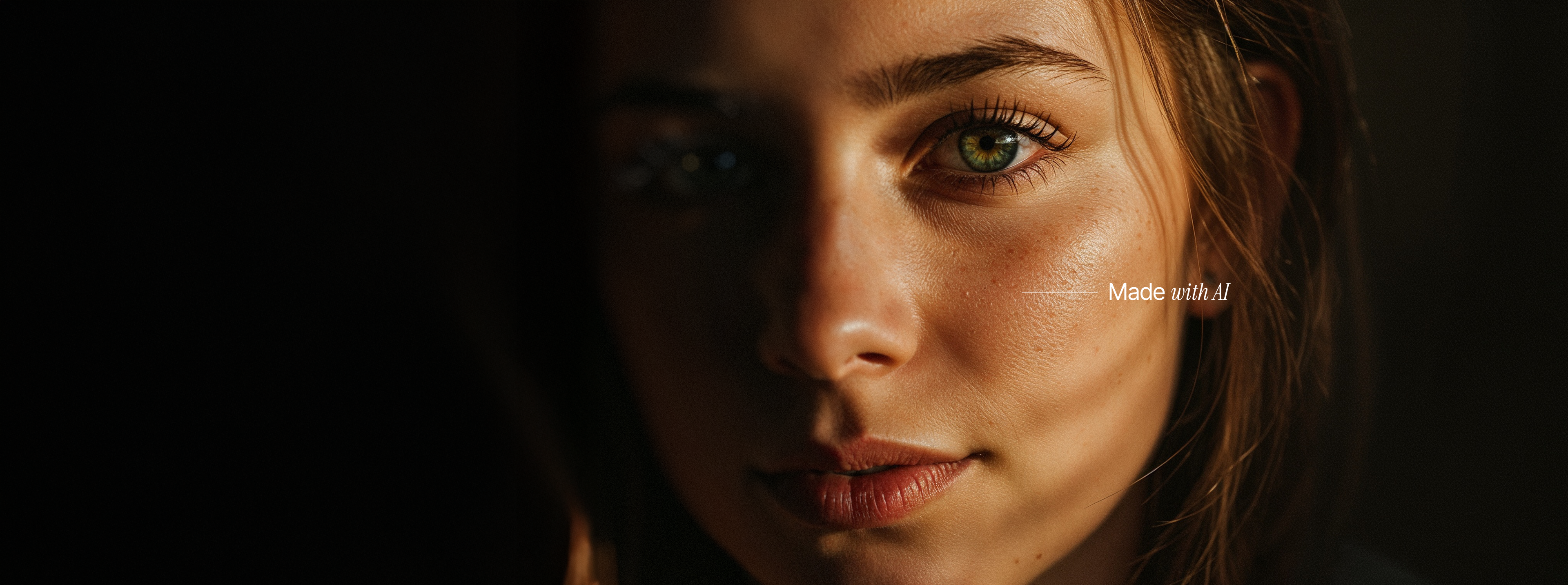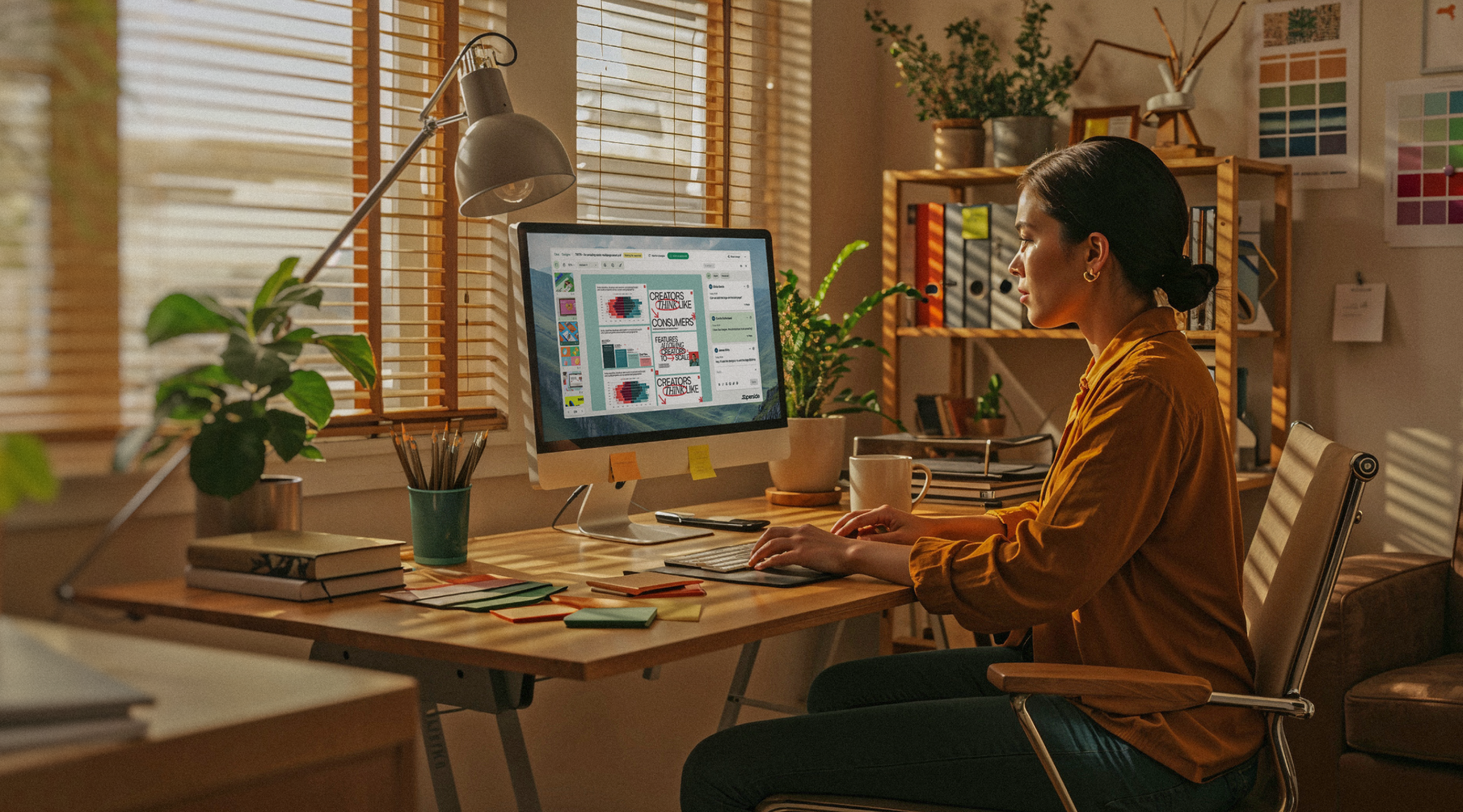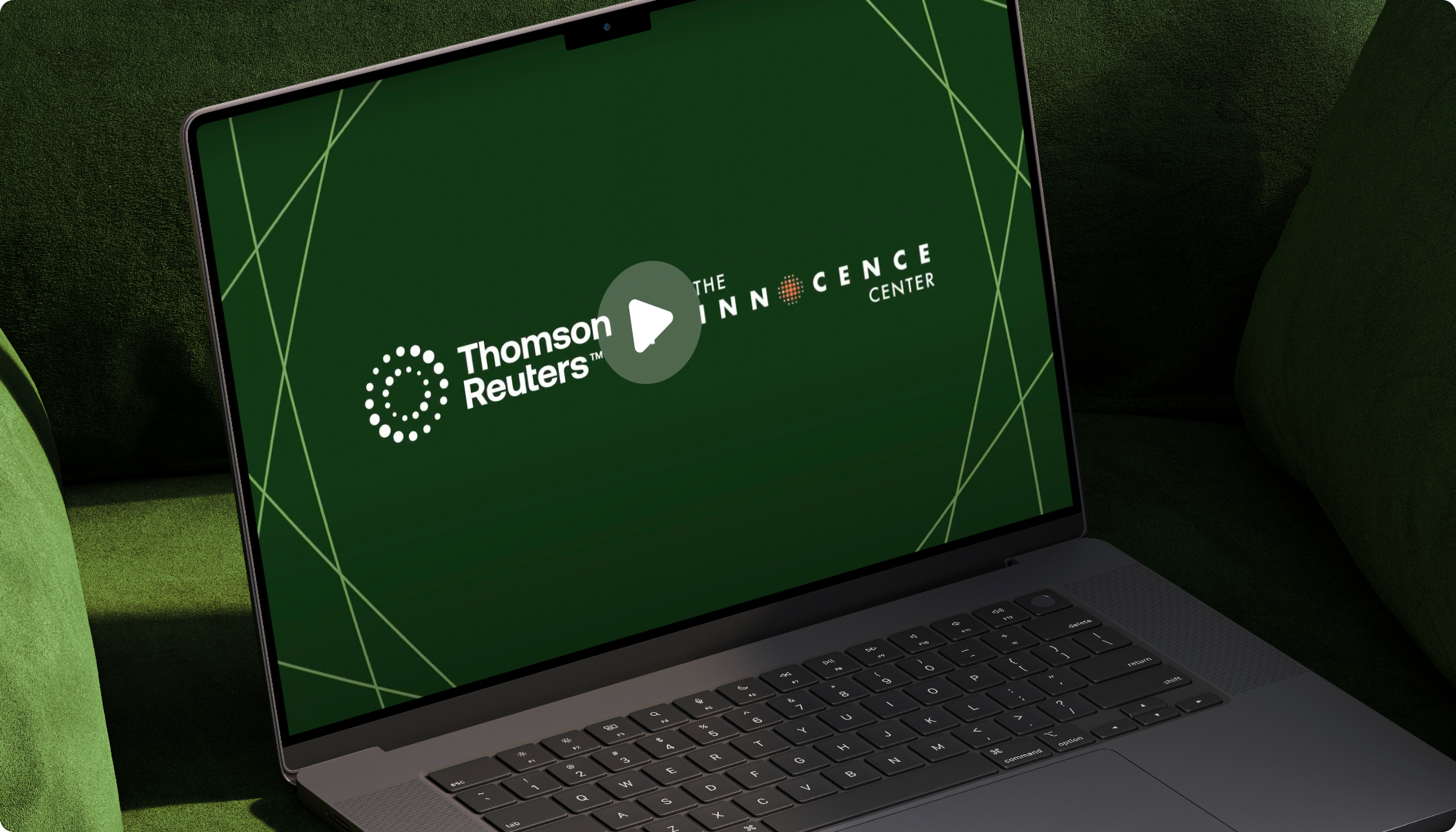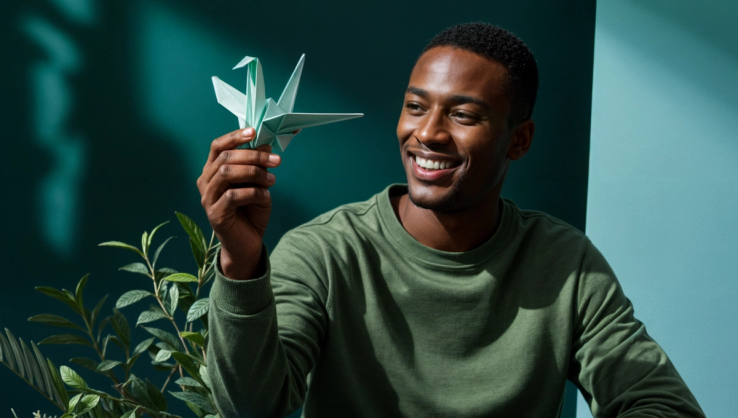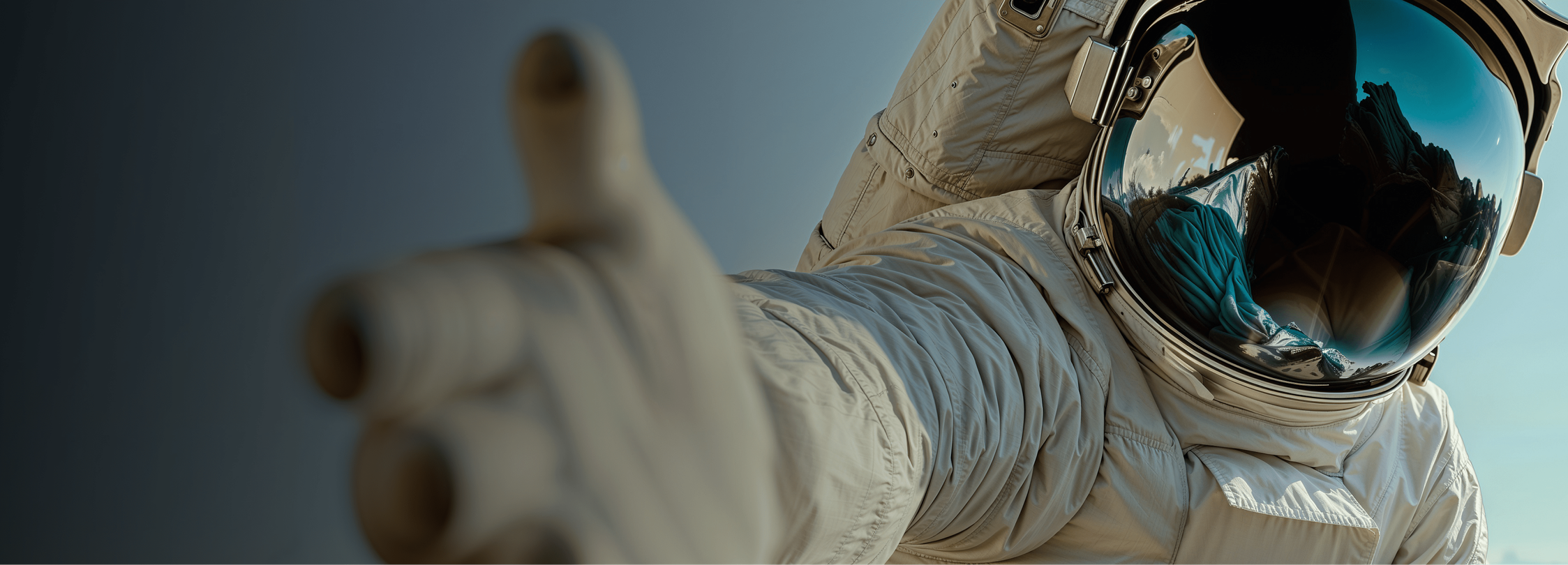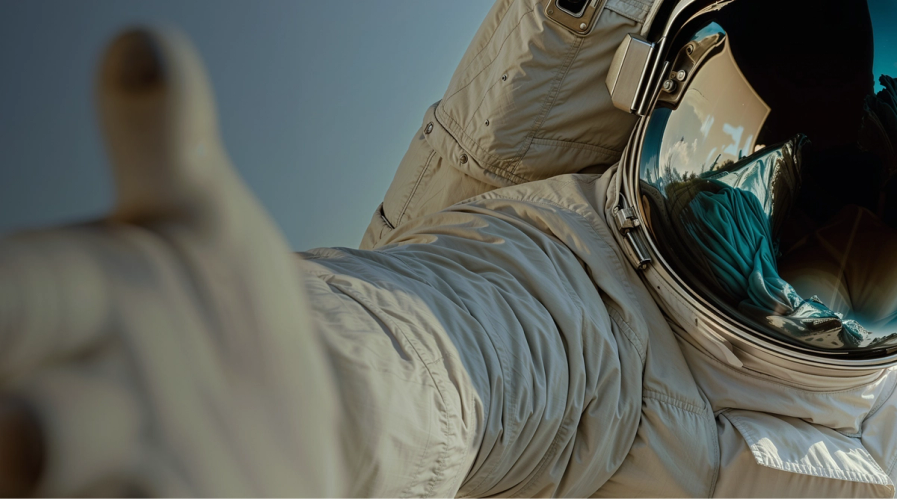How Superside used Superside to rebrand itself—and prove the power of AI
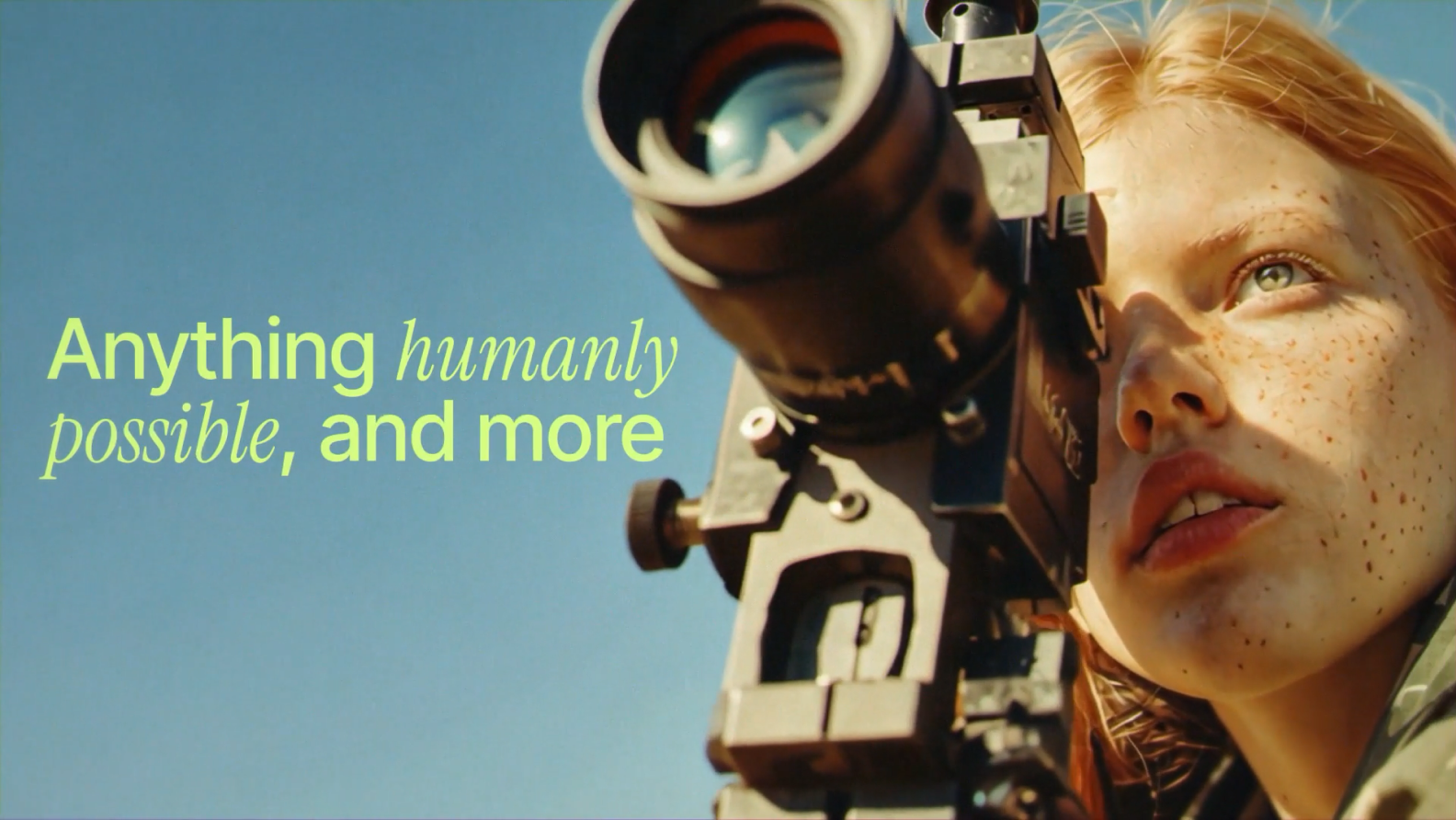
THE CUSTOMER
Putting Superside's own creative services to the test
Superside is the world's leading AI-powered creative service, combining a global team of top-tier creatives, advanced AI tools and workflows, and a robust project management platform to deliver high-quality work—faster and more cost-effectively than traditional agencies. And last year, the company put this statement to the test by using its own creative services for their most crucial internal project yet: a rebrand.
THE CHALLENGE
Superside had evolved—but its brand hadn’t. A visual identity that once fit a scrappy design service no longer reflected a company serving the world’s top enterprise teams. The company needed a brand identity that would:
- Resonate with enterprise creative and marketing teams
- Inspire confidence as a strategic partner—not just a production vendor
- Reflect Superside’s commitment to being an AI-first company
The old visual identity didn't reflect the brand it truly is, which is a company full of people that are really senior, really experienced and come from some of the top companies in the world.
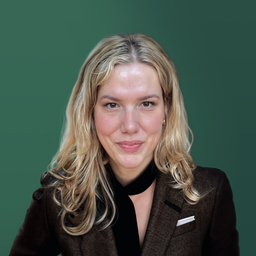
Superside's old visual identity
THE SOLUTION
Rather than outsource to a traditional agency and deal with bloated budgets and timelines, Superside used its own creative services, including its Superspace platform, global talent and AI expertise to execute the rebrand from top to bottom.
Turning brand strategy into a sprint, not a slog
The rebrand kicked off with extensive customer interviews and market research. Insights from interviews with over 200 marketing, brand and creative leaders pointed to a clear opportunity: Reposition Superside to meet the needs and expectations of modern enterprise marketing teams.
From there, Superside’s internal strategy and design teams developed brand territories and visual concepts—fast.
We developed different territories and worked with our designers… with moodboards and ideas of what this would look like visually. We’d present back on a weekly basis—just like we would with any client.

Superside's new visual identity
AI helped streamline early decision-making, aiding with visualization, feedback and exploration. Instead of relying solely on vague moodboards or time-consuming mockups, the team used AI to generate high-fidelity concept directions in minutes—not weeks. This made it easier to test bold creative ideas, align stakeholders quickly and eliminate guesswork in the earliest phases of the rebrand.
Creatives have this reflex—we squint at the work to blur out the noise and see the big picture. Does the idea hold up? Does it feel right? That gut check used to take days of mockups, revisions and proof-of-concepts just to validate a hunch. With AI, we could move at the speed of instinct—what once took a week now takes minutes.

Giving brand voice a brain (and teaching it to a whole company)
Changing the way people talk about a brand internally can be one of the most challenging parts of a rebrand and ensuring consistency moving forward.
For this, brand voice guidelines were rewritten with AI in mind. When coming up with the new brand tone, the team worked on providing clear brand rules for the GPT. The tone of voice was clearly defined and a GPT instance was created so everyone across the company—PMs, CSMs, designers—could speak consistently.
The whole brand voice was written in a very AI-friendly way. We created a GPT that wasn’t just for our copywriters but actually for all Supersiders—so that everyone can talk in an on-brand way.
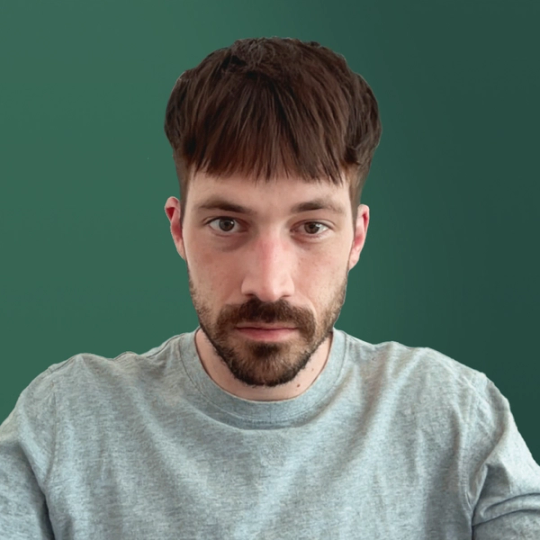
From real life to AI: Training an AI model that knows exactly what 'on brand' looks like
Sometimes you can have the best of both worlds. Superside created its own on-brand, custom AI image model—trained using assets from a real-world brand photo shoot in Cape Town.
We had to create proprietary first-party datasets around it. You want to have some intellectual property around it.
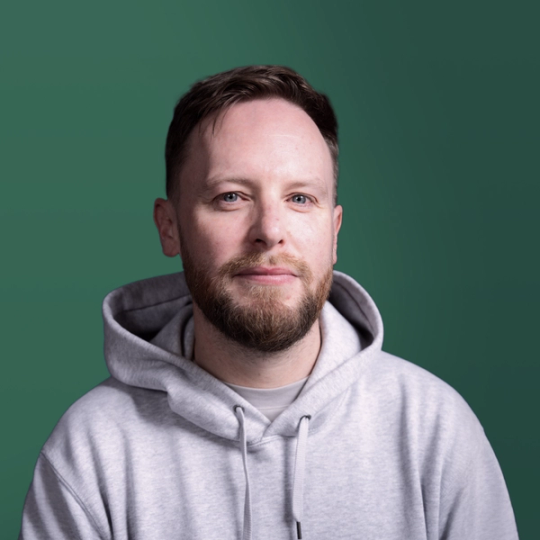
Superside's brand photoshoot in Cape Town
As part of the rebrand, the Superside team invested in a foundational photoshoot that later enabled them to build an AI-powered system for visual content creation. They used the library of high-quality, on-brand images from that photoshoot to train a proprietary custom AI image model that now powers expansive visual libraries—aligned to Superside’s new identity, from tone to lighting to posture.
- Custom AI image models automatically apply your brand guidelines and specifications every time you generate a new visual.
- The data set of visuals used to train these models is everything—the more aligned the input, the more on-brand the results.
- Once the data set is ready, a model can be trained, tested and refined until it meets creative and quality benchmarks.
A traditional photoshoot would typically take at least 30 days every time to concept, shoot and deliver. After doing an initial shoot and building a custom AI image model, Superside can now ship assets faster, smarter and with more creative firepower. How much faster?
Superside's internal performance data shows that custom AI images models deliver:
- 10X faster image creation
- 75% less time spent per image
- 85% lower cost per image
We now have photos for 12 months that are totally on-brand, trained on our imagery. It unlocks creative capacity that would’ve been too expensive before.
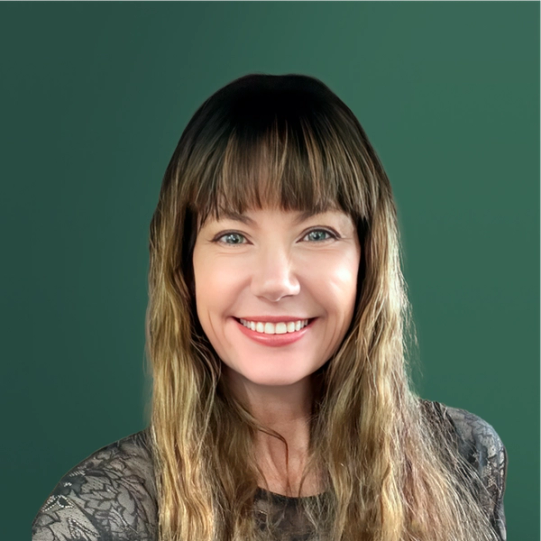
A rebrand that drove revenue, reach and recognition
The rebrand generated meaningful results across Superside’s business:
- Best-ever sales quarter post-rebrand
- Surge in conversations with top enterprise prospects
- Marketing metrics showed massive gains in reach and resonance with enterprise decision-makers
We started seeing the results almost immediately. Our enterprise business has shifted. 90% of our Q3 revenue pipeline is enterprise. That was the goal, and we’re seeing it work.

An AI-powered rebrand, inside and out
Superside didn’t just rebrand—it redefined what it means to be a modern creative organization. By building an AI-first brand system, Superside now operates faster, smarter and with more creative runway than ever before.
This wasn’t about efficiency—it was about possibility… You still need highly trained people. But AI made what we did possible.


